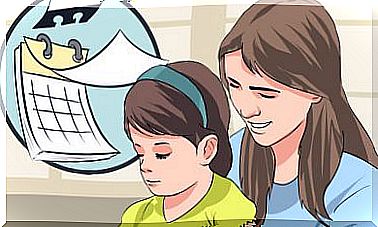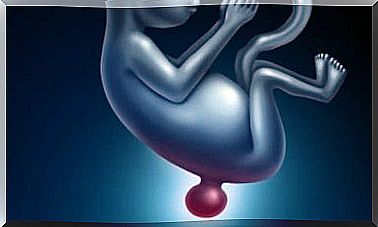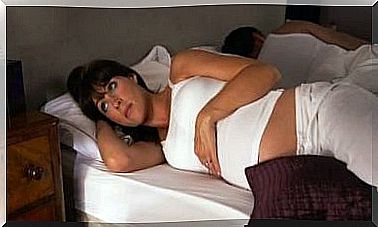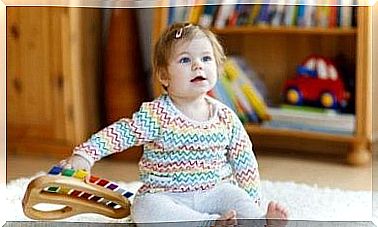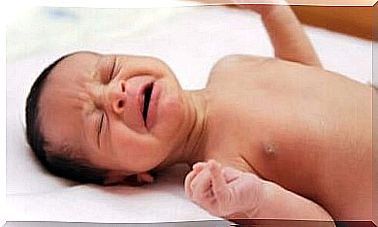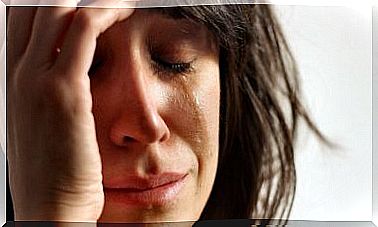Geographical Tongue In Children: Symptoms And Treatment

The geographic tongue can appear in children, but is usually painless. However, sometimes children can feel uncomfortable and disturbed. Therefore, it is important that you know how to help your child deal with this disease.
What is a geographic tongue?
This is an inflammatory disease of the tongue that creates stains in the shape of a map. These are usually red and white around the edges.
Generally , these spots appear on the tip, back, and sides of the tongue.
Although this condition is persistent, it is not dangerous. It does not pose a risk to children’s health.
Symptoms of the geographic tongue in children
It often appears light and smooth and grows quickly. Although painless, it sometimes causes discomfort. It can also cause a burning sensation, especially when eating spicy or acidic foods.
The geographical tongue also makes children lose taste buds, but only on the top. Therefore, it does not affect the sense of taste. In addition, new taste buds grow back quickly and constantly.
The duration of the illness varies in children. It can last anywhere from a week to a month, sometimes even longer.
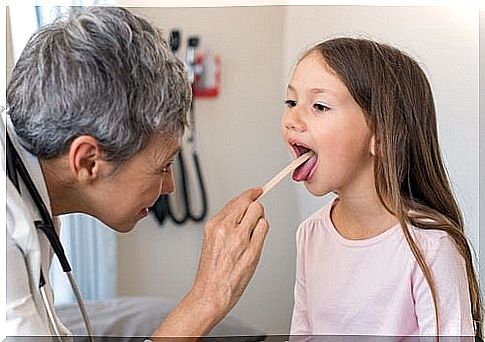
It is a constantly changing state; the appearance of the tongue changes every day. It can even change within a few hours. Also, the condition is chronic, which means it will keep coming back.
However, if you find that your child’s tongue is so swollen that they cannot breathe, speak, swallow, or chew, it could be due to a serious illness. Therefore, you should see a doctor immediately.
Causes of the geographic tongue
Although we don’t know what causes the condition, many doctors claim that it could be due to a lack of vitamin B.
In addition, doctors have found an association with emotional factors such as stress and anxiety. Irritants such as acids, spicy or hot food and tobacco can also cause the geographic tongue.
On the other hand, there is also a connection between the geographic tongue and diseases such as rhinitis and asthma.
How can you treat a geographic tongue?
The causes are unknown, so there is no specific treatment for “map tongue,” as it is called. Basically , doctors recommend avoiding anything that could cause more irritation and discomfort.
Also, they recommend taking care of the children’s oral health by brushing their teeth with a soft toothbrush. You can also use sterile gauze to clean your children’s mouths.
However, older children should use mouthwash that contains chlorhexidine. If the discomfort persists, use an antihistamine gel on the painful areas. This will help regenerate the taste buds faster.
Another tip is to watch out for the food your children consume. Some foods favor the development of a geographical tongue. These include, for example, kiwi, banana, melon, walnuts, vinegar and tomatoes.

What you should know about geographic language
Know that this is not a real illness, but rather a harmless and temporary condition. Although it can take a while in children, it usually doesn’t cause pain.
It could just be very uncomfortable for your little one for a while. However, no rigorous, expensive treatments or many tests are required.
Always remember that this condition is not normal in babies. However, there have also been a few isolated cases in 6-month-old babies, but the geographic tongue is much more common in children.
Even teenagers and adults can have this problem. It is also more common in women than men.
In conclusion, it is a good idea to follow these tips to prevent your kids from getting geographic tongue. Of course, if you are concerned, you can ask your doctor for advice. It is always better to be on the safe side.



